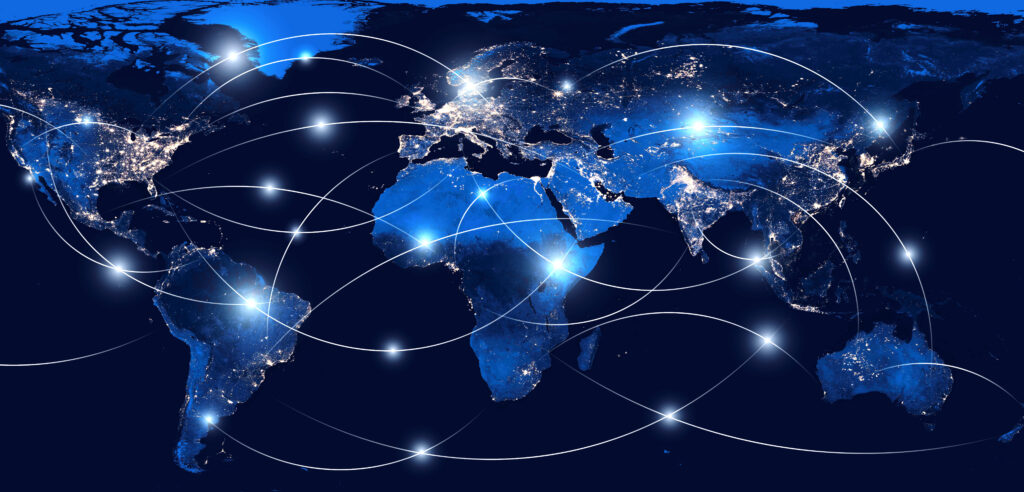Message from the IFSA Government Affairs Team: Tariff Update
Share
Published: 6 August 2025

Since the pause of the U.S. reciprocal tariffs on dozens of countries in April, there has been significant trade activity between the U.S. and key trading partners. On July 31, President Trump signed an executive order modifying reciprocal tariff rates for certain countries in order to address trade deficits. As noted in a fact sheet published alongside the executive order, the modified rates follow significant action by several countries which have led or are leading to “meaningful trade deals and security agreements,” as well as actions by some countries which “do not sufficiently address the national emergency [Trump] declared on April 2,” and no action take by some countries. The executive order includes an updated Annex I which outlines those countries facing higher reciprocal tariff rates, with it being noted that those countries not listed are subject to 10% rates. These rates go into effect on August 7, and the U.S. Customs and Border Protection has issued guidance on application of the new duties. The executive order also includes Annex II, which outlines updates to the Harmonized Tariff Schedule of the U.S. (HTSUS).
The fact sheet also outlines trade deals which have been made since April, including:
- A trade deal with the European Union in which “the EU has agreed to purchase $750 billion in U.S. energy and make new investments of $600 billion in the United States, all by 2028, while accepting a 15% tariff rate.”
- A trade deal with Japan where “Japan has agreed to invest $550 billion in the United States to rebuild and expand core American industries, as well as to further open its own market to U.S. exports, all while paying a baseline 15% tariff rate.”
- A trade deal with the United Kingdom (UK) which “includes billions of dollars of increased market access for American exports.”
- “Additional trade deals with Indonesia, the Philippines, South Korea, Vietnam, and others will protect our industries, open foreign markets, and encourage foreign investment in American industries.”
Below are recent updates for several key trading partners of potential interest.
Canada
In addition to the executive order on modifying reciprocal tariff rates, on July 31, President Trump also issued an executive order noting that due to “Canada’s lack of cooperation in stemming the flood of fentanyl and other illicit drugs across our northern border…and Canada’s efforts to retaliate against the United States,” the U.S. is increasing the tariff rate from 25% to 35% for Canadian-origin products, set to go into effect on August 1. As has been the case, all products which fall under the U.S.-Mexico-Canada Agreement (USMCA) are exempt from tariffs. The Administration also published a fact sheet alongside the executive order. In response to the increased tariff rate, Canadian Prime Minister Patrick Carney issued a statement expressing disappointment in the action, particularly given the impacts on key sectors of the Canadian economy, such as lumber, steel, aluminum, and autos. Carney also noted the actions taken by Canada to address drug trafficking and border security given the rationale provided by the U.S. in enforcing the higher duties. The U.S. and Canada remain in negotiations to figure out a new trade deal with trade officials from both countries continuing to meet, and as noted in an August 5 Bloomberg article, Prime Minister Carney has stated that “Canada will look at whether to remove some counter-tariffs against the US… [as] retaliatory tariffs should be designed to maximize the impact on the US but minimize the pain for Canadian businesses.”
Mexico
On July 31, President Trump posted on social media that he would be pausing any increase in tariff rates on Mexico for 90 days, but that “Mexico will continue to pay a 25% Fentanyl Tariff, 25% Tariff on Cars, and 50% Tariff on Steel, Aluminum, and Cooper.” He also noted that the U.S. and Mexico hope to reach a new trade deal during the pause. The pause follows a previous threat from Trump to increase the rate from 25% to 30%, as noted in a Bloomberg article. As with Canada, those products which are USMCA-compliant are exempt from tariffs.
European Union
As noted in a fact sheet from the White House, on July 27, President Trump announced a trade deal with the European Union (EU). The deal resulted in a 15% tariff rate for EU exports to the U.S., including for autos, auto parts, pharmaceuticals, and semiconductors. However, the 50% tariff rate for steel, aluminum, and cooper and their derivatives will remain in place. As noted in the fact sheet, the trade deal also includes a $600 billion investment from the EU into the U.S. as well as the purchase of $750 billion in U.S. energy through 2028. The EU also agreed to address various tariff and non-tariff barriers to trade, including for agricultural exports. In response to this deal, on August 4, as noted in an article from NBC News, the EU agreed to postpone planned countermeasures, which were set to begin on August 7, for six months.
China
In May, the U.S. and China announced an agreement for a trade deal with higher tariff rates being paused for 90 days. As noted in a fact sheet from the White House, the agreement led to the U.S. pausing the 34% reciprocal rate for 90 days while retaining the 10% tariff rate. China and the U.S. have continued to work on negotiations ahead of the end of the current pause period, which is set to expire on August 12. As noted in a New York Times article, while talks between the two countries have been “constructive,” it is up to President Trump to determine whether an additional pause would be granted, with Treasury Secretary Bessent noting that if Trump approved another pause, “it is likely to be for another 90 days.” In June, the two countries worked on a trade agreement framework with China relaxing “restrictions on rare earths,” with the U.S. rolling back “limits on exports of U.S. products and technology, as well as proposed visa restrictions.” President Trump has also recently indicated potential secondary sanctions on countries which import Russian oil, which includes China.
Brazil
Following criticism by the current Brazilian administration regarding their treatment of former Brazilian president Jair Bolsonaro, President Trump announced plans for increased tariff rates on Brazil. As noted in a July 30 executive order and accompanying fact sheet, the U.S. has implemented an additional 40% tariff on Brazil, “bringing the total tariff amount to 50%, to deal with recent policies, practices, and actions by the Government of Brazil that constitute an unusual and extraordinary threat to national security, foreign policy, and economy of the United States.” Such policies and actions include those “harming U.S. companies, the free speech rights of U.S. persons, U.S. foreign policy, and the U.S. economy,” along with the “politically motivated persecution, intimidation, harassment, censorship, and prosecution of former Brazilian President Jair Bolsonaro and thousands of his supporters.” The increased duties go into effect on August 6. As noted in the executive order, there are a number of exemptions to the increased rates, including agricultural products (e.g., Brazil nuts and orange juice), coal and related derivatives, fuel products, fertilizer products, rubber products, wood products, metal products, electronics, aviation products, various equipment and accessories, and various furnishings. As noted in a Reuters article, Brazil plans to “challenge the U.S. decision through the appropriate channels, either within U.S. jurisdiction or before international bodies.”
India
As with China, India is a significant importer of Russian oil. As noted in an article from The Hill, in July, President Trump noted the U.S. would impose a 25% tariff on India. In an August 4 post on Truth Social, Trump noted that the U.S. will “be substantially raising the Tariff paid by India to the USA” as India is “buying massive amounts of Russian Oil.” The article in The Hill also notes that Trump had previously threatened higher tariffs on India due to their purchase of Russian military equipment. India has indicated they would continue to buy Russian oil as their relationship with Russia is “steady and time-tested” and as their “stance on security energy is guided by the availability of oil in the markets.” On August 6, President Trump issued an executive order imposing an additional 25% tariff on India, to begin in 21 days, due to their import of Russian oil. While the U.S. had previously noted positive negotiations with India on a trade deal, no formal deal has been announced.
The IFSA Government Affairs Team will continue to provide relevant and significant updates related to tariffs and key administration policies and initiatives, as available. If there are any questions regarding how IFSA is addressing key issues related to this administration, please do not hesitate to reach out to our staff.


